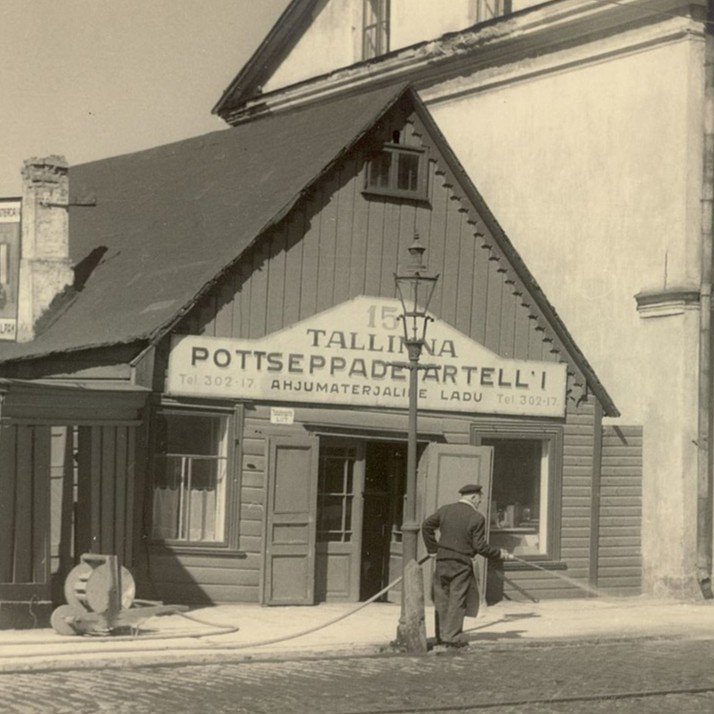Street-Finder
Home
Gonsiori (Jakob Johann Gonsior, 1794-1865)
19th‑C Tallinn alderman and lawyer, mayor of Tallinn in 1828, orphanage founder and funder. Renamed (1950-1991) as Lomonossovi M. during the Soviet occupation. Formerly (1920) split into Greater- and Lesser-Gonsiori. He lived at Mündi 2 (another one-time candidate for being called Gonsiori), It has been suggested that the name comes from Polish gąsior, for gander (the letter ‘ą’ is nasalized and pronounced ‘an’). For information, Poland controlled Southern Estonia from 1559 to 1629.
Estonia (Estonia)
Named in 1923 after the Estonia theater and concert hall, built 1911-13. According to TT, known previously as Peters-Promenade (Peter’s Promenade), Vene turu promenaad (Russian-Market Promenade, but see Viru väljak), Promenaad (Promenade), Der Ring/Ringstraße (Ring Road, or part of it, along with Mere puiestee and others but don’t ask which), Gogoli puiestee (Gogol Avenue), Karjavärava puiestee (Cattle gate avenue), Vabaduse puiestee (Freedom avenue), Viruvärava puiestee (Viru gate avenue), and perhaps many, many others. No.11 was the Estonian Red Card HQ. After two of them, non‑Communist footballers would be sent off to Siberia.
Ahju (Ahi)
Stove, oven, kiln. For those interested in trivia: one of the two >3‑letter street names whose letters are in alphabetical order (see Hiiu). Started life simply enough in German as Töpfergasse (1882), potter’s street, apparently after a local craftsman called Floss, then Estonia stepped in with only four of its six main possible spelling permutations – Pottisseppa, Pottiseppa, Pottisepa and Potissepa (all 1885) missing out not only the most sensible, Potisepa, but also the most accurate, Pottsepa, and why compound words involving sepp (smith) do not usually involve a genitive in the first place I don’t know (see Kullassepa, Rätsepa & Sepa*) – then the Russians either translating it nearly correctly as Гончарный пер. (1892, pottery lane, пер. = abbreviation of переу́лок) or incorrectly as Печная ул., Kiln (prob.) street (1884). Either way, given the humungous alternative of An der alten Wasserleitung (1881) or am Stadt-Wassercanal (1882) from the water supply prolonging that of Veerenni, a four-letter word was probably in order, and an anagram of Jahu it became.

* Although perhaps they do, see Nõmme.

